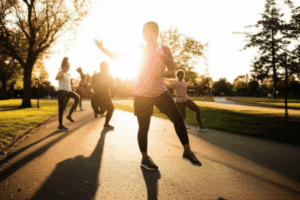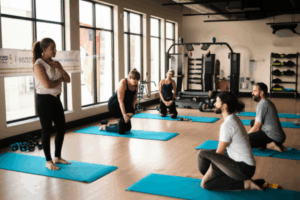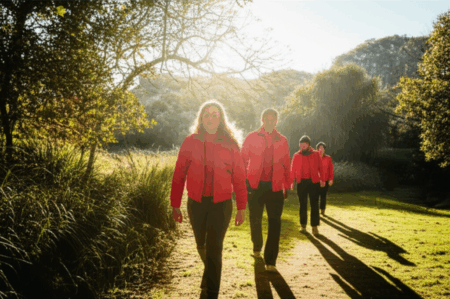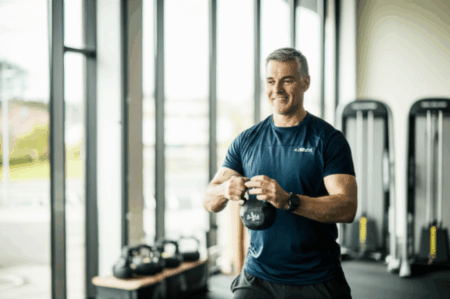For many, the simple act of walking represents accessible exercise, a gentle way to stay active and enjoy the outdoors. While undeniably beneficial, the question arises for those over 50: is walking alone truly enough to maintain optimal strength and fitness? The answer, according to health experts, is nuanced: walking is a crucial foundation, but it needs companions.

The Undeniable Benefits of Walking After 50
Walking offers a wealth of advantages, particularly as we age, making it an essential component of a healthy lifestyle. Its low-impact nature is gentle on joints, making it suitable for most individuals.
Cardiovascular Health
Regular walking significantly improves heart health. It boosts circulation, can help lower blood pressure, and contributes to reducing bad cholesterol while increasing good cholesterol. The rhythmic motion helps the heart pump at a steady, beneficial rate, reducing the risk of cardiovascular diseases, which remain a leading cause of death among older adults. The CDC recommends at least 150 minutes of moderate aerobic exercise, like walking, per week for adults 65 and older.
Bone and Muscle Strength
As a weight-bearing activity, walking helps to strengthen bones and can reduce the risk of osteoporosis and fractures, common concerns after 50. It engages multiple muscle groups, particularly in the lower body, helping them stay active and strong.
Weight Management
Metabolism naturally slows with age, making weight management more challenging. Regular walking burns calories, helping to maintain a healthy weight, which in turn reduces the risk of chronic conditions like diabetes and heart disease.
Mental Well-being and Cognitive Function
Walking is not just good for the body; it’s a powerful tool for mental health. It can significantly reduce symptoms of anxiety and depression, boost mood by releasing endorphins, and improve sleep. Studies suggest that walking can help protect the aging brain from cognitive decline and dementia, with regular activity linked to a lower risk of cognitive impairment and improved memory and decision-making.
Joint Health and Mobility
Walking helps to keep joints flexible and lubricated, which can be particularly beneficial for those with arthritis, helping to reduce pain. It also strengthens muscles that support balance and coordination, decreasing the likelihood of falls, a major concern for older adults.
Immune System Boost
Regular walking is associated with reduced disease activity and improved immune function in seniors, leading to fewer and less severe illnesses.
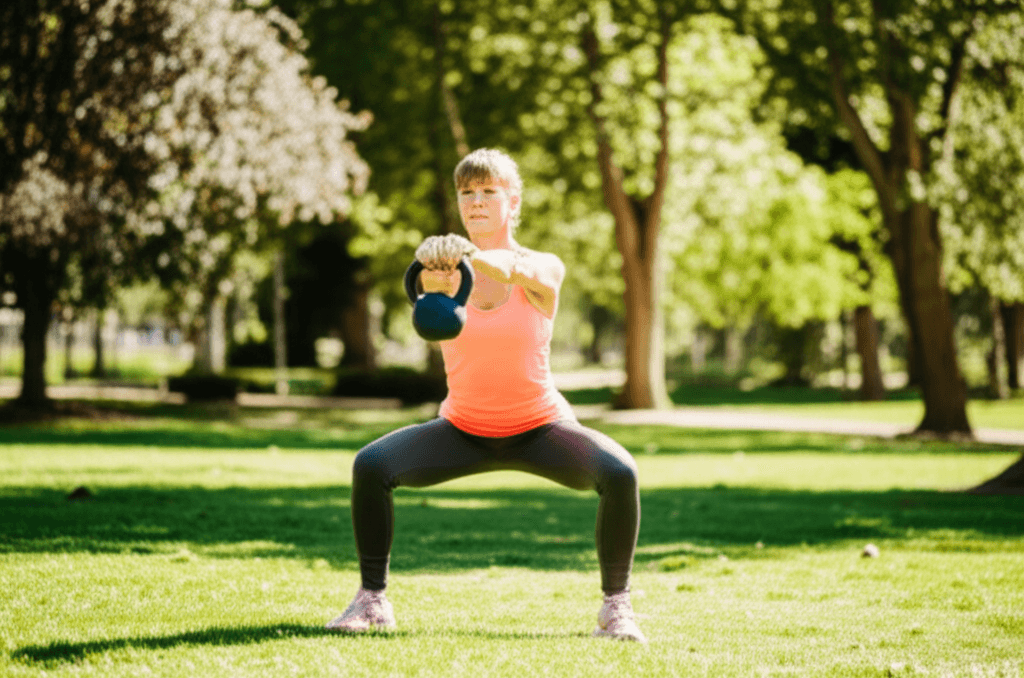
Where Walking Alone Falls Short for Comprehensive Fitness
While the benefits are extensive, relying solely on walking after 50 means missing crucial aspects of a well-rounded fitness regimen necessary to counteract age-related changes.
Declining Muscle Mass (Sarcopenia)
After age 30, muscle mass naturally declines by about 3-8% per decade, a rate that accelerates after 60. Walking, primarily a low-intensity cardio workout, doesn’t provide enough resistance to effectively build or preserve the muscle mass needed for daily functional tasks like carrying groceries, getting up from a chair, or climbing stairs. It mainly works the legs at a low intensity, neglecting the upper body and core.
Loss of Bone Density Beyond Lower Body
While walking helps lower body bone density, a comprehensive approach is needed to maintain bone strength throughout the entire skeleton, which is crucial to prevent osteoporosis and fractures in various areas of the body.
Diminished Balance and Stability
Walking on flat, predictable surfaces doesn’t adequately challenge the body’s balance systems, which naturally change with age due to shifts in inner ear function and weakening stabilizing muscles. This oversight increases the risk of falls, a leading cause of injury in older adults.
Reduced Flexibility and Range of Motion
Walking does little to improve overall flexibility. As we age, we can lose significant flexibility, leading to stiffness and soreness in joints if not addressed with specific stretching and mobility exercises.
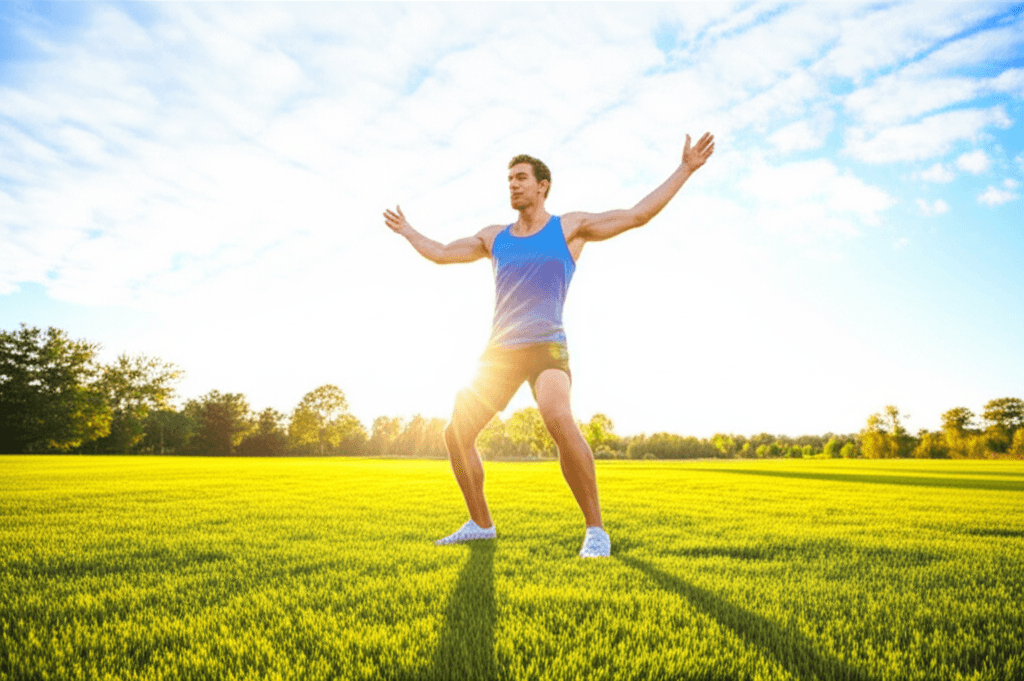
Essential Additions for a Holistic Fitness Routine After 50
To truly stay strong, fit, and independent after 50, experts recommend complementing walking with a variety of other exercises. A well-rounded routine should include aerobic activity, strength training, and flexibility/balance exercises.
Strength Training
Strength training is paramount for counteracting sarcopenia and maintaining bone density. It helps build and preserve muscle mass, which is vital for daily activities, posture, and boosting metabolism.
- Recommendations: Aim for at least two strength training sessions per week, working major muscle groups (legs, hips, back, abs, chest, shoulders, arms).
- Methods: Start with bodyweight exercises like squats (using a chair for support initially), wall push-ups, and planks to build a strong foundation and good form. Progress to light dumbbells, resistance bands, or exercise machines as strength increases.
- Sample Exercises: Chest presses, resistance band rows, chair squats, deadlifts, and single-leg movements are excellent for building functional strength.
Balance and Stability Exercises
Specific balance exercises are crucial to reduce the risk of falls and improve coordination.
- Recommendations: Incorporate balance exercises daily.
- Sample Exercises:
- Single-Leg Stance: Stand on one foot next to a sturdy chair or counter for support, aiming to hold for 10-30 seconds, then switch legs.
- Heel-to-Toe Walking: Walk by placing the heel of one foot directly in front of the toes of the other, maintaining a straight line. Use a wall for support if needed.
- Sideways Walking: Step sideways, bringing one foot to meet the other, repeating for several steps in each direction.
- Calf Raises: Raise yourself up on your toes, then gently lower, repeating 20 times.
Flexibility and Mobility
Stretching helps maintain and improve range of motion, reduces stiffness, and prevents injuries.
- Recommendations: Practice stretching at least three times a week, holding most stretches for 10-30 seconds and repeating 3-4 times.
- Methods: Yoga, Tai Chi, and Pilates are excellent for improving flexibility, balance, and core strength.
- Sample Stretches: Seated trap stretch, seated pec stretch, cat-cow stretch, seated hip flexor stretch, standing calf stretch, and overhead side stretches. Dynamic stretches, like arm circles and leg swings, can also be beneficial.
Enhancing Your Walks
To make walking more effective, consider varying intensity and terrain. Incorporate hills or stairs to challenge leg muscles. Use intervals of faster and slower paces. Carrying light hand weights or wearing a weighted vest can also increase the challenge, but should be done carefully.
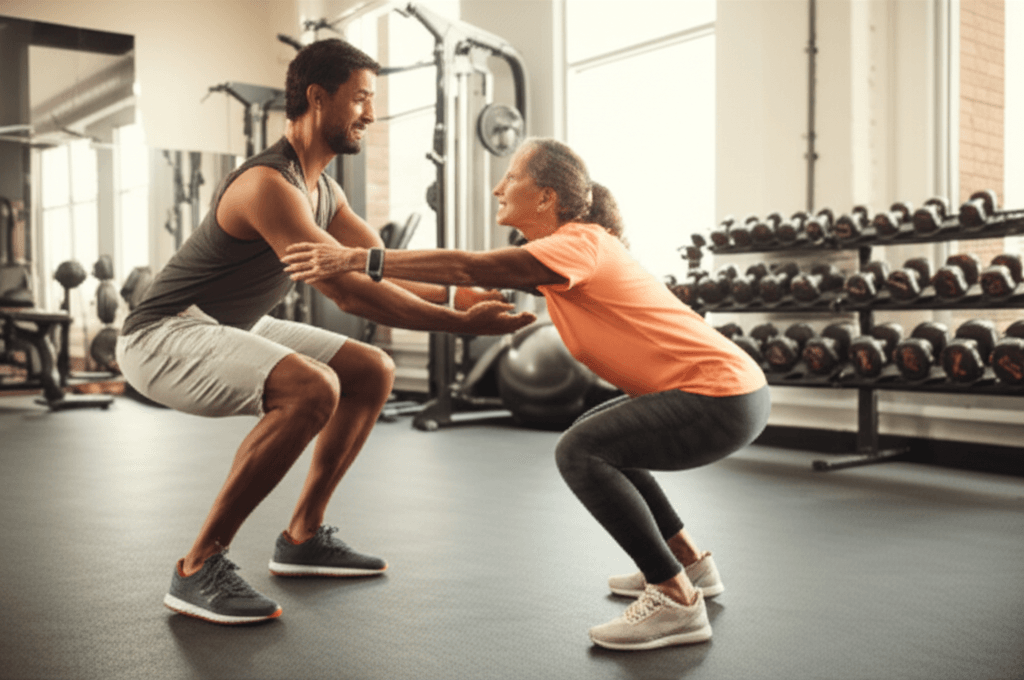
Crafting a Comprehensive Fitness Plan
A well-rounded fitness plan for those over 50 should combine aerobic activity (like walking), strength training, and balance/flexibility work. The Centers for Disease Control and Prevention (CDC) advises adults over 65 to get at least 150 minutes of moderate-intensity aerobic activity or 75 minutes of vigorous-intensity activity each week, alongside muscle-strengthening activities at least twice a week.
It’s always advisable to consult with a doctor or allied health professional before starting any new exercise routine, especially if you have existing health conditions or haven’t been active for a while. They can help tailor a plan that is safe and effective for your individual needs.
Conclusion
Walking is a phenomenal starting point and a vital component of a healthy lifestyle after 50, offering extensive benefits for cardiovascular health, mental well-being, and joint mobility. However, to truly stay strong, fit, and independent, it’s essential to move beyond just walking. By integrating strength training to combat muscle and bone loss, balance exercises to prevent falls, and flexibility work to maintain range of motion, individuals over 50 can create a holistic fitness routine that supports long-term vitality and an active, fulfilling life.

